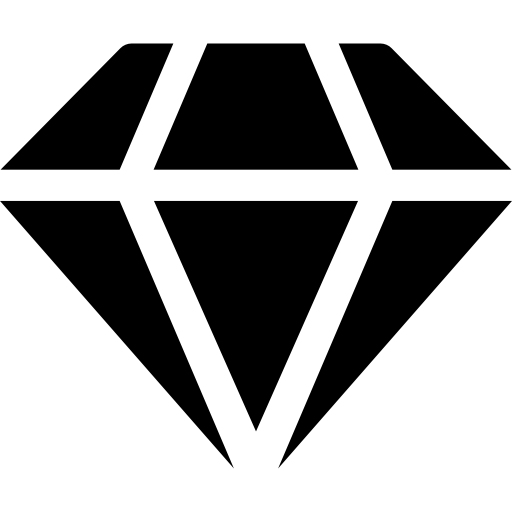How To Test A Diamond At Home
In a Nutshell:
If you’re curious about the authenticity of your diamond, you don’t have to rush to a jeweler immediately. Several easy methods can help you test a diamond right from the comfort of your home. These techniques are not only cost-effective but also quite straightforward, giving you peace of mind without professional intervention. From the classic water test to advanced methods involving thermal conductivity, this guide breaks down each approach, ensuring you know how to confidently assess your diamond’s authenticity.
Table of Contents
- Why Test Your Diamond at Home?
- Essential Diamond Testing Methods
- Other Considerations and Safety Tips
- FAQs
Why Test Your Diamond at Home?
Testing a diamond at home can save you time and money. While professional testing is conclusive, at-home tests provide initial assurance. They help you:
– Identify potential fake diamonds.
– Gain confidence before making larger investments.
– Avoid constant handling by different professionals which can sometimes lead to minor damages or risk of loss.
Essential Diamond Testing Methods
The Water Test
The water test is one of the simplest methods. Real diamonds have a higher density compared to most fake ones, causing them to sink in water.
– Fill a glass with water halfway.
– Drop the diamond gently into the glass.
– Observe if the diamond sinks or floats. A genuine diamond will usually sink due to its higher density.
The Fog Test
Detect moisture to identify genuine diamonds. Real diamonds disperse heat quickly, affecting how they react to fog:
– Hold the diamond close to your mouth and breathe on it.
– A real diamond will clear up almost immediately.
– If the fog lingers for a few seconds, it might be fake.
The Scratch Test
Scratching glass to test a diamond is effective, but use caution. Diamonds can scratch glass, but continuous testing can damage your stone.
– Rub the diamond against a piece of glass.
– Check for scratches.
– If scratch marks appear lightly, your stone might be real, but this isn’t always foolproof due to harder fakes in the market.
Note: This method can potentially harm both your diamond and the surface you’re testing on, so consider alternate non-destructive methods first.
Thermal Conductivity Test
Thermal conductivity differentiates real diamonds from fakes. Diamonds can disperse heat quickly, unlike many fauts. For this test:
– Use a diamond tester device.
– Place the metal probe against the gem.
– The device will indicate whether the stone is a real diamond based on its heat dispersal.
It’s affordable to purchase or rent a diamond tester from a jeweler or online retailer.
Examine Under UV Light
Some diamonds emit a blue hue under UV light. This isn’t a conclusive test since not all genuine diamonds fluoresce, but it can serve as supportive evidence:
– Place the diamond under a UV light.
– Watch for a bluish glow. If you see one, it might be an indicator of authenticity.
Other Considerations and Safety Tips
Take precautionary measures when testing at home. Accurate tests minimize false results:
– Clean the diamond before testing to remove dirt or oils that might obscure results.
– Use combinations of tests for better accuracy.
– Remain skeptical of results and consult professional appraisers for verification.
Resource: For detailed step-by-step methods, visit How To Test A Diamond At Home.
FAQs
- Can I damage a diamond by testing at home?
- While diamonds are extremely hard, improper handling can cause harm. Use non-invasive methods where possible.
- What if my diamond passes some tests but not others?
- Use a combination of methods; no single test is failproof. Seek a professional opinion for an uncertain result.
- How accurate are home tests compared to professional testing?
- Home tests provide initial clues but aren’t as definitive as professional appraisals.
- Where can I buy a diamond tester?
- Diamond testers are available online and in specialty jewelry supply stores. Check reliable brands for accuracy.
- What if my diamond doesn’t fluoresce under UV light?
- Not all diamonds fluoresce, so this test alone isn’t conclusive. Use it in conjunction with other methods.
- Does a cubic zirconia react the same way as a real diamond in the fog test?
- No, cubic zirconia retains fog longer due to lower thermal conductivity.
- Why is scratching glass not a reliable test anymore?
- New synthetic stones and treatments can mimic a diamond’s hardness, rendering this test less effective.
By employing these methods and drawing on resources like https://www.diamond.co.za/diamond/ you gain a more informed and secure assessment of your stone’s authenticity. Always pair home tests with professional guidance for the most accurate results.

Leave a Reply